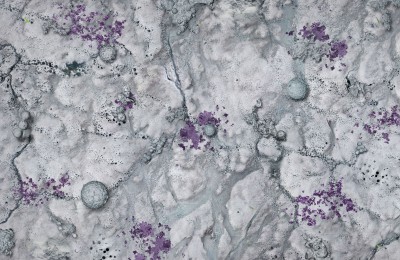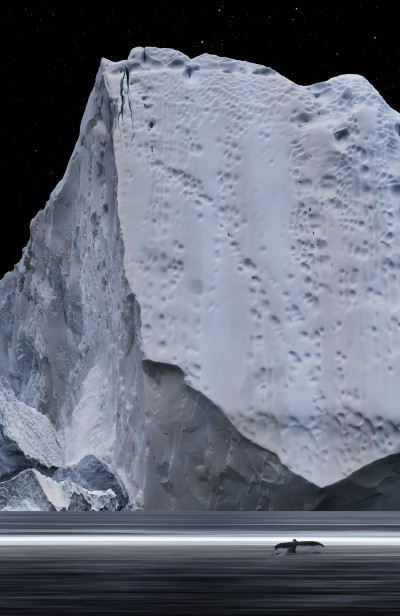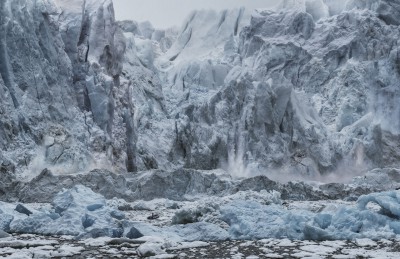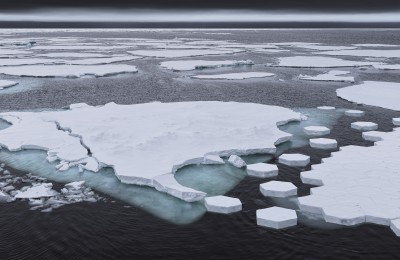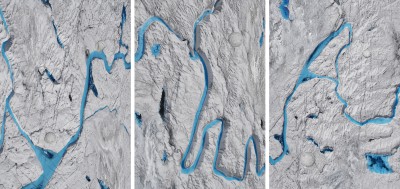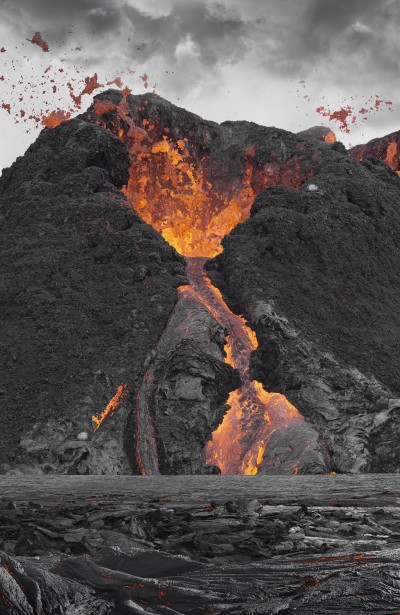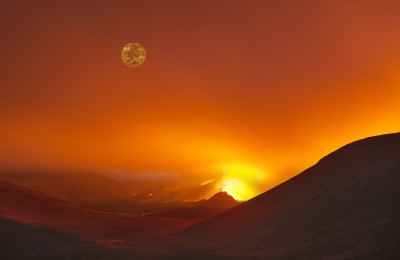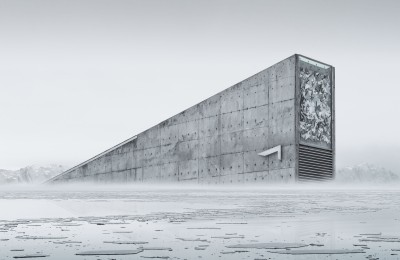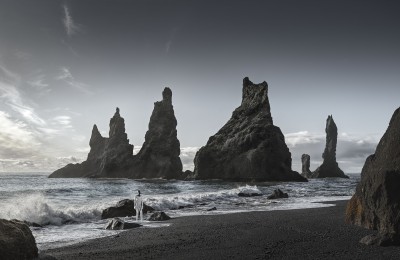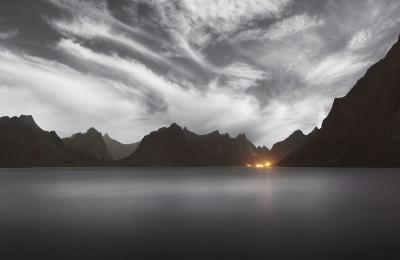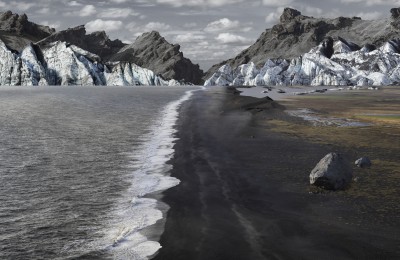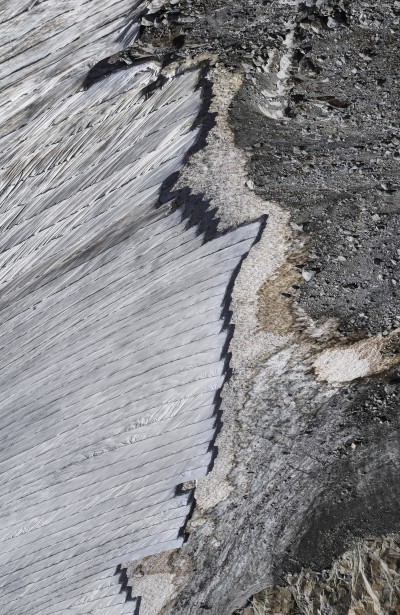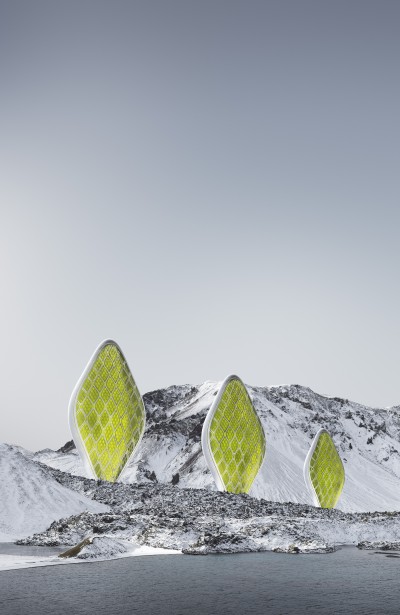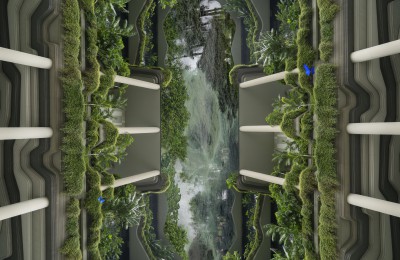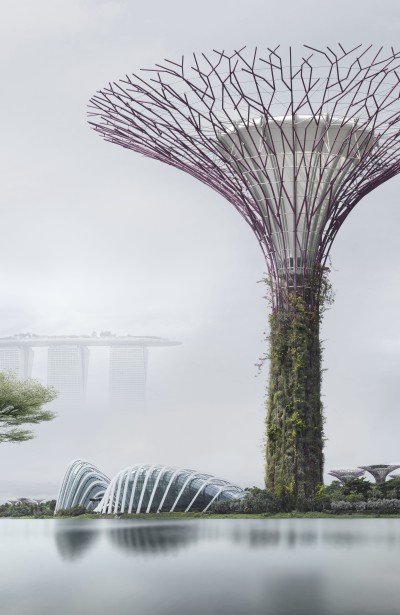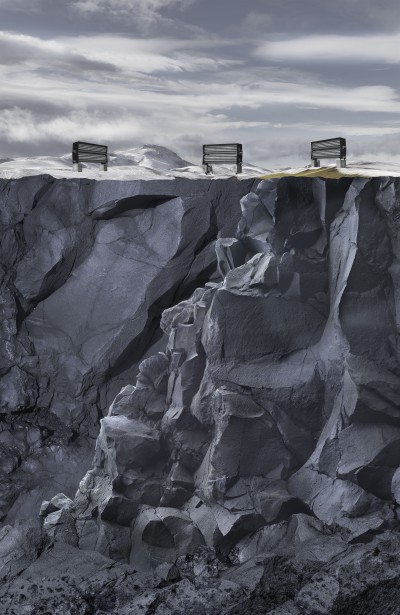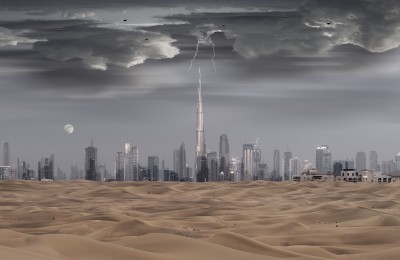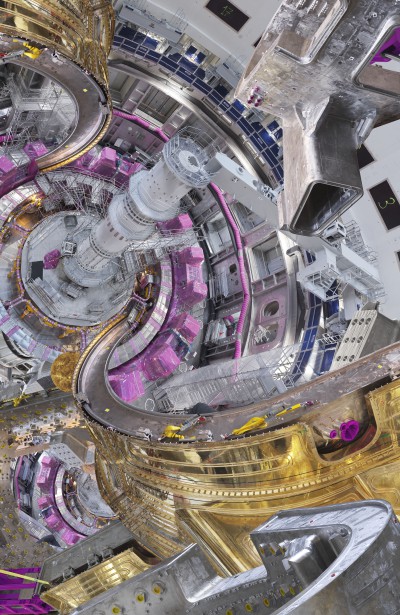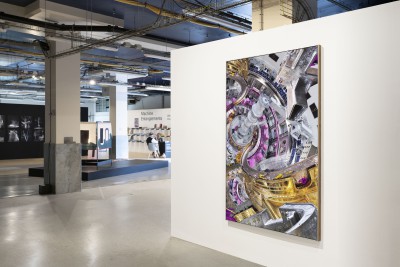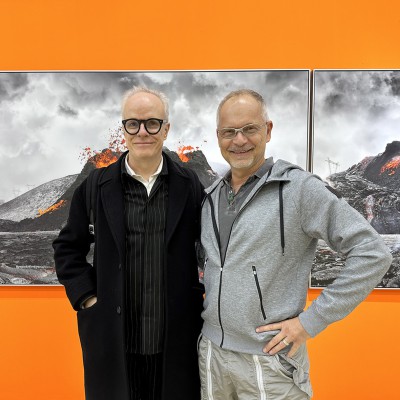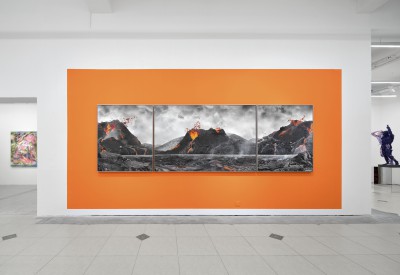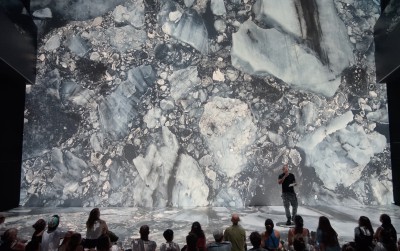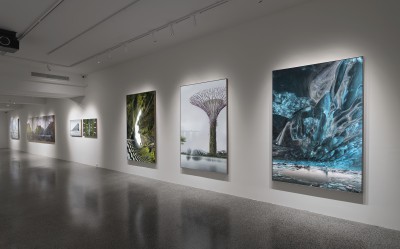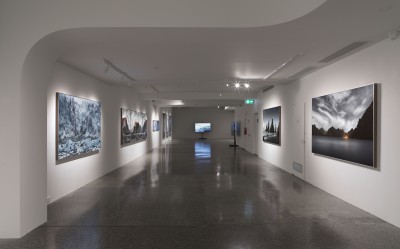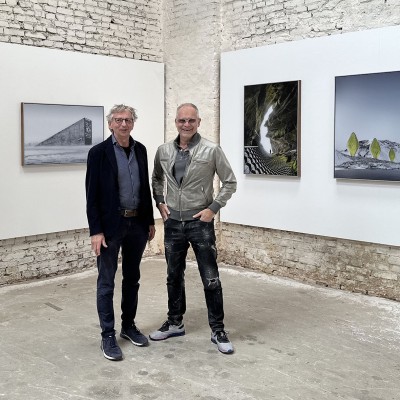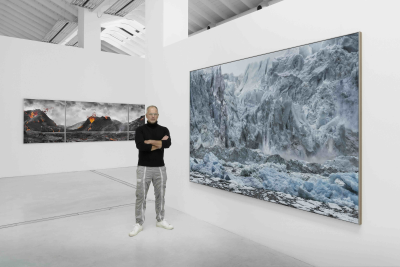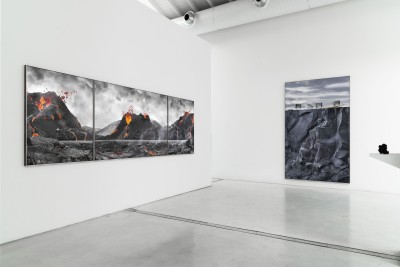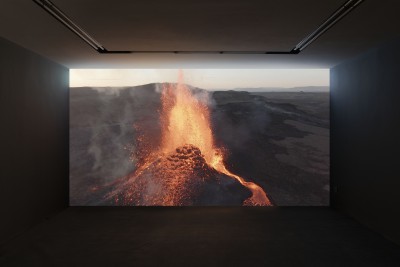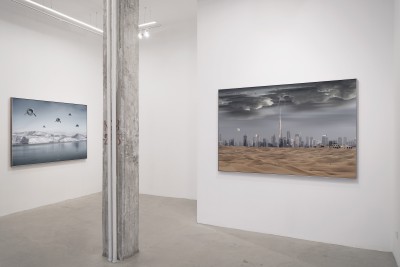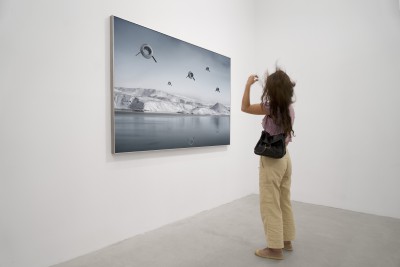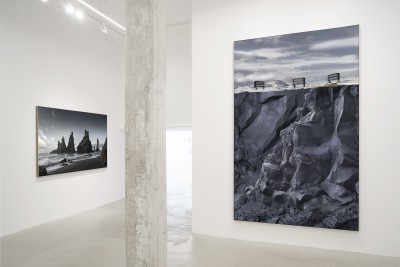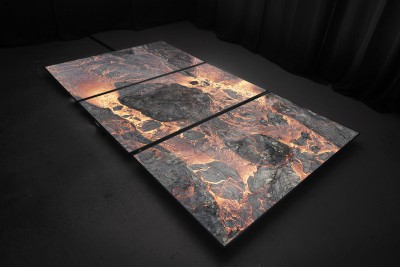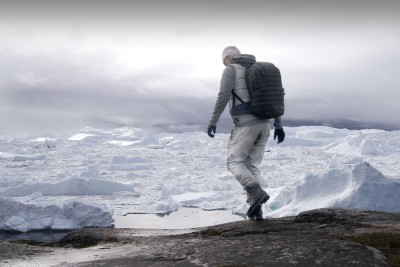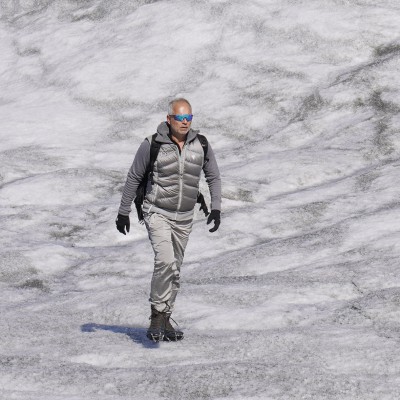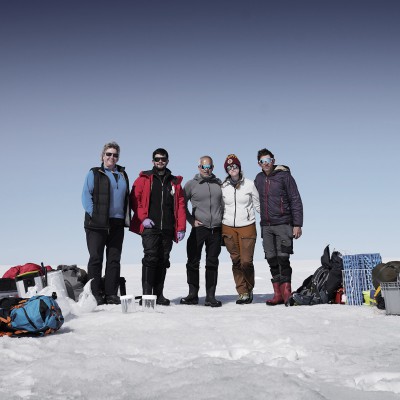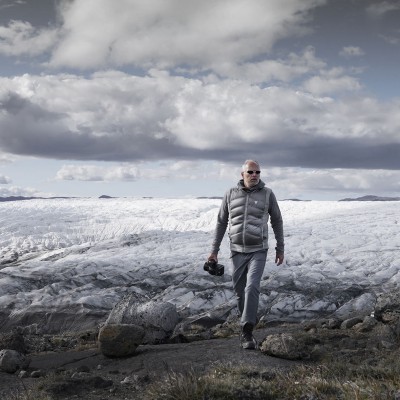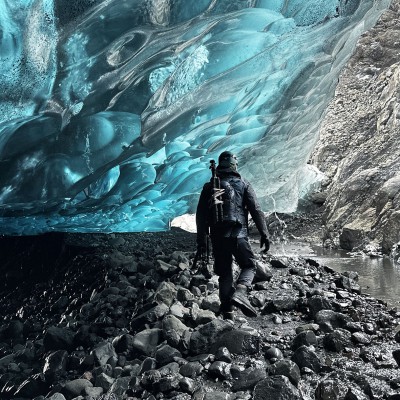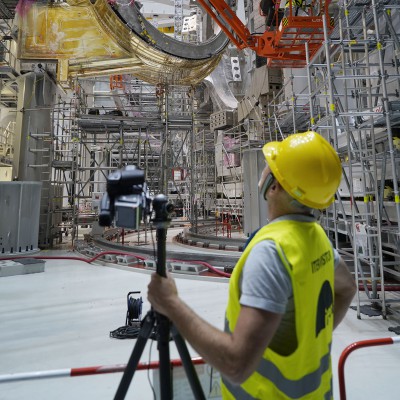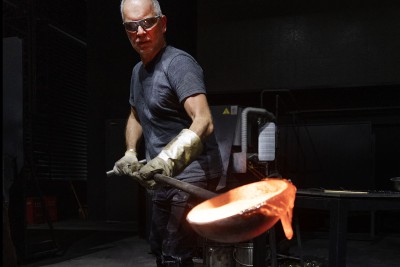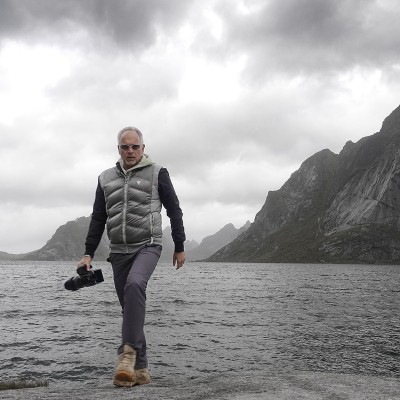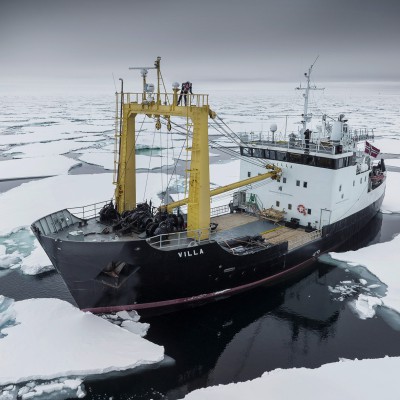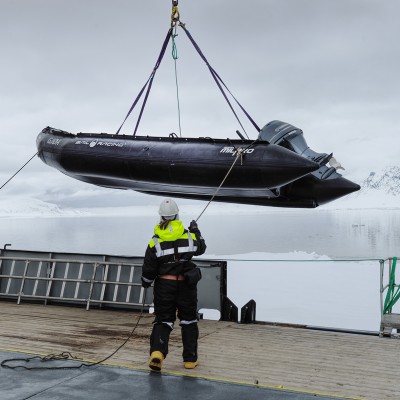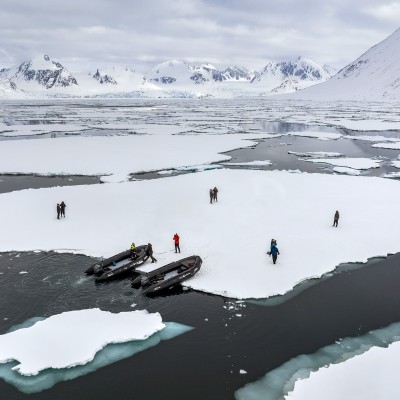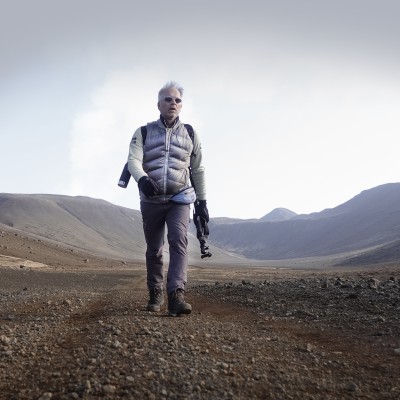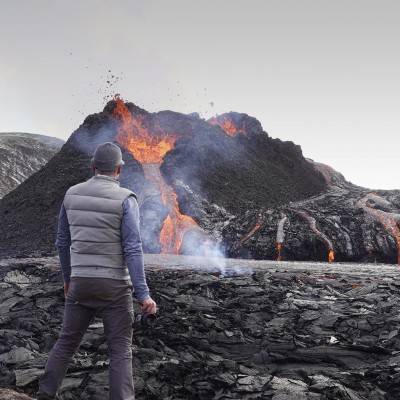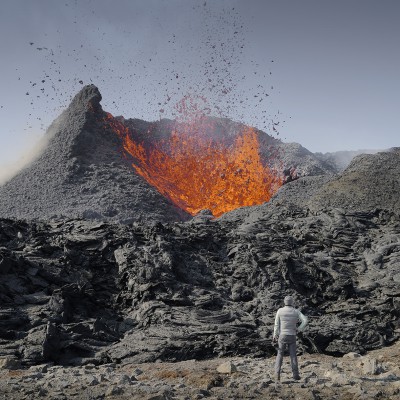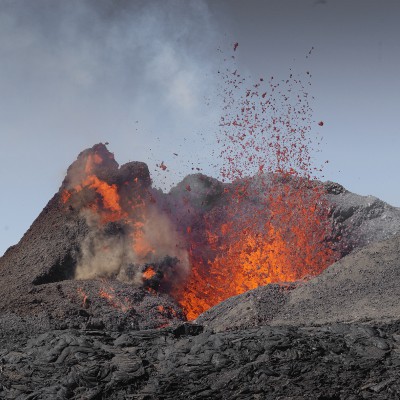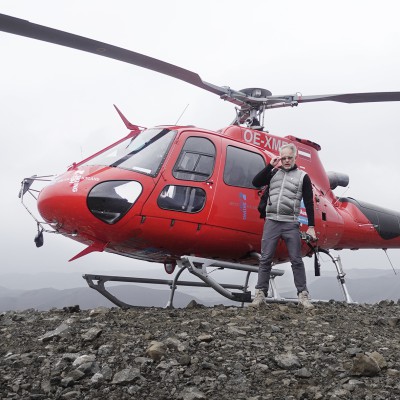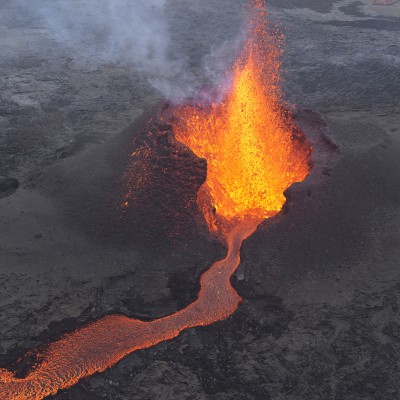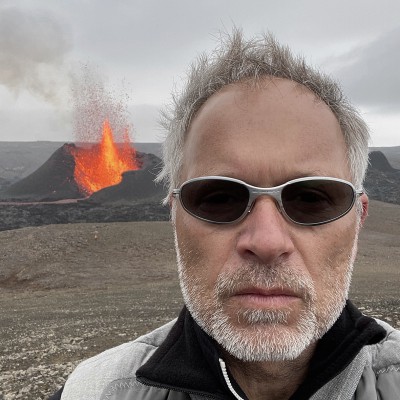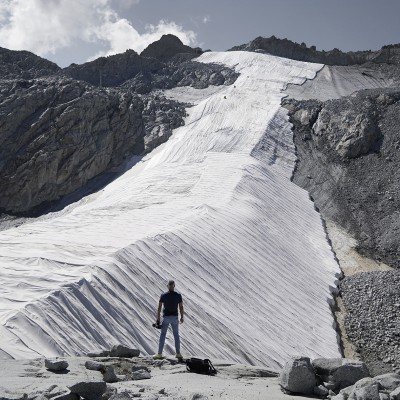
fusion power
Format 1: 132 x 110 | 132 x 202 | 132 x 110 cm / 52 x 43.3 | 52 x 79.5 | 52 x 43.3 in, edition of 6 + 2 AP
Format 2: 67 x 54 | 67 x 102 | 67 x 54 cm / 26.4 x 21.3 | 26.4 x 40.2 | 26.4 x 21.3 in, edition of 6 + 2 AP
Hybrid photography, archival pigment print, aludibond, diasec, custom-made wood / aluminium frame
Fusion energy represents one of the most ambitious and technologically challenging endeavors of modern science. This form of energy is based on the same principle that powers the sun-thermonuclear fusion. Hydrogen nuclei fuse under immense pressure and high temperature to form helium, releasing tremendous amounts of energy in the process. The current goal of fusion research is to replicate the solar process on Earth in a controlled environment, requiring a combination of advanced engineering, precise science, and enormous physical dimensions. A key element is the Tokamak principle, a device that encloses plasma in a toroidal chamber using a powerful magnetic field and heats it to temperatures of 150 million degrees. The fuel for the reactor will be hydrogen, which can be extracted from seawater. The world’s largest fusion research project is ITER (International Thermonuclear Experimental Reactor), located in southern France and built by a group of 35 nations, aiming to demonstrate the technological feasibility and economic viability of fusion energy. ITER is the result of decades of research in the field of fusion energy and is intended to serve as a blueprint for future commercial fusion power plants. The exploration and development of fusion energy projects worldwide are crucial steps toward creating a sustainable and secure energy source that can meet the growing energy demands of humanity without harming the environment.
The artwork work “fusion power” portrays the ITER reactor currently under construction in southern France, where Michael Najjar had the opportunity to photograph for several days in the fall of 2023. The composition of the triptych consists of numerous individual photographic shots of various components of the reactor. The resulting spatial, material, and visual compression expresses the immense complexity, vast dimensions, and energetic dynamics of the reactor under construction. At the center of the triptych is a close-up satellite image of our sun – the cosmic source of inspiration for the earthly fusion reactor. One of the biggest challenges in the construction of fusion reactors like ITER is the choice of materials. The inner walls of the reactor must withstand extreme temperatures and intense radiation, requiring the development of new, resistant materials. Additionally, these materials must be capable of absorbing and cooling neutrons to efficiently harness the energy released during the fusion process. The reactor will eventually have a height and diameter of about 30 meters, with a total weight of several tens of thousands of tons. These gigantic dimensions are necessary to create the required volume for the plasma and to accommodate the extensive technical equipment needed to control the plasma and extract the energy. Projects like ITER represent a step toward a potentially revolutionary energy source that could fundamentally change the way we generate and utilize energy in the future.
